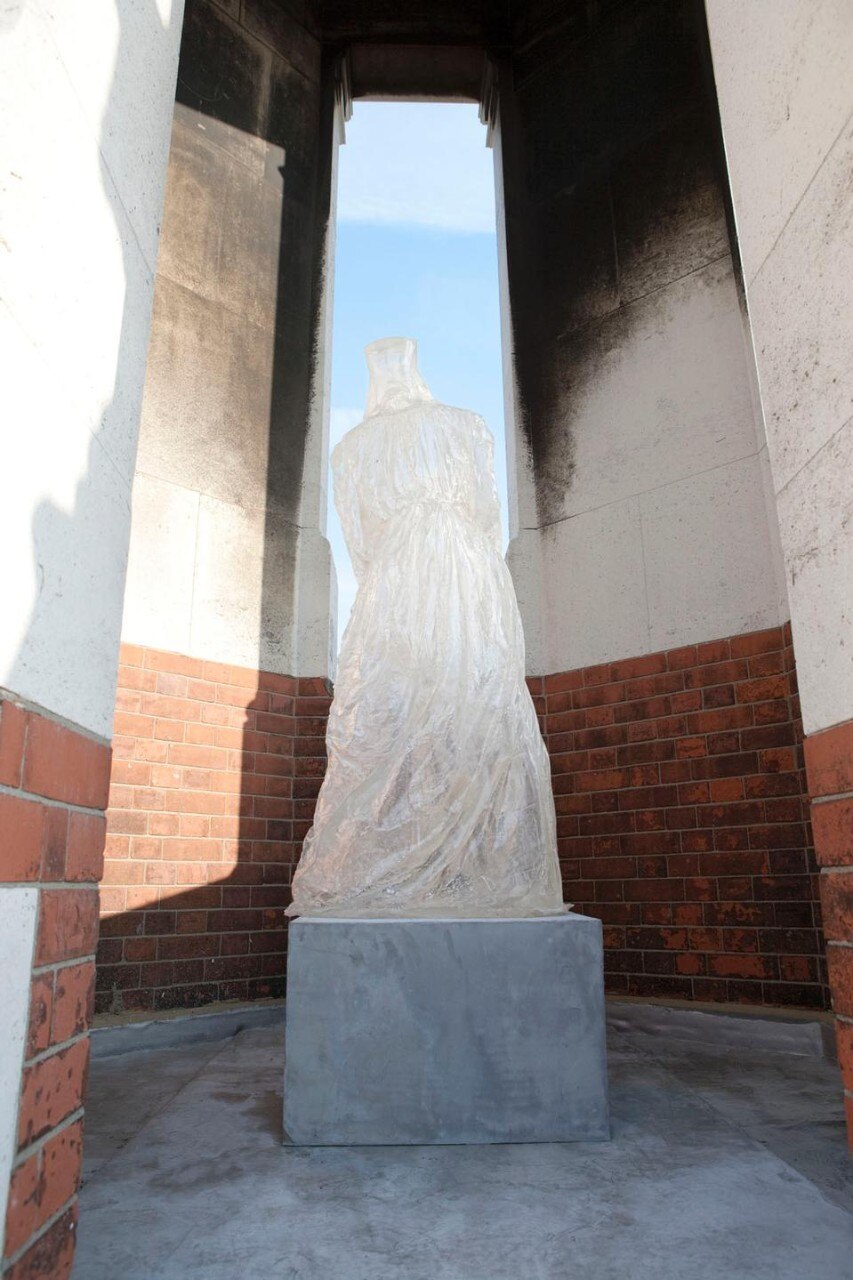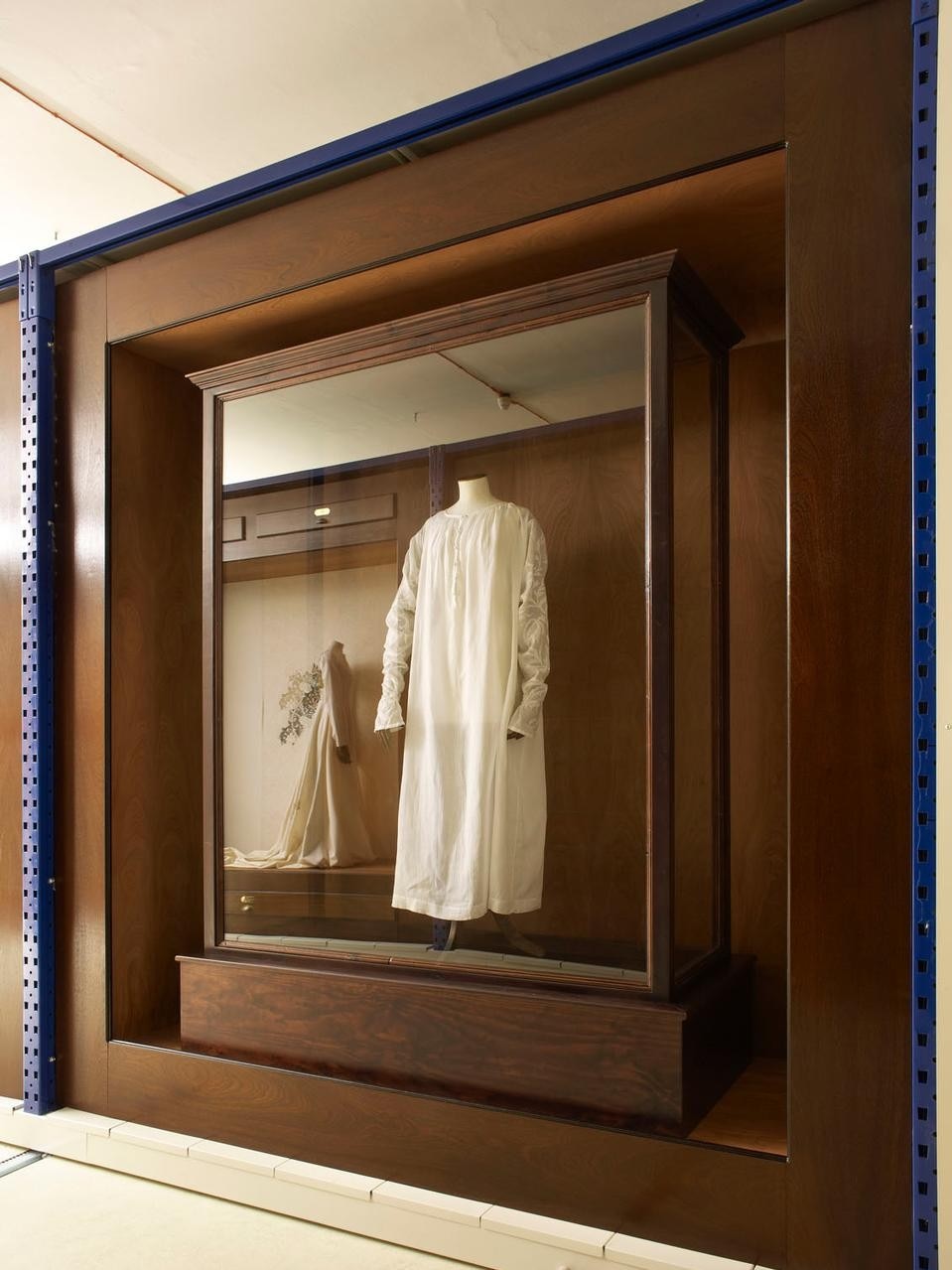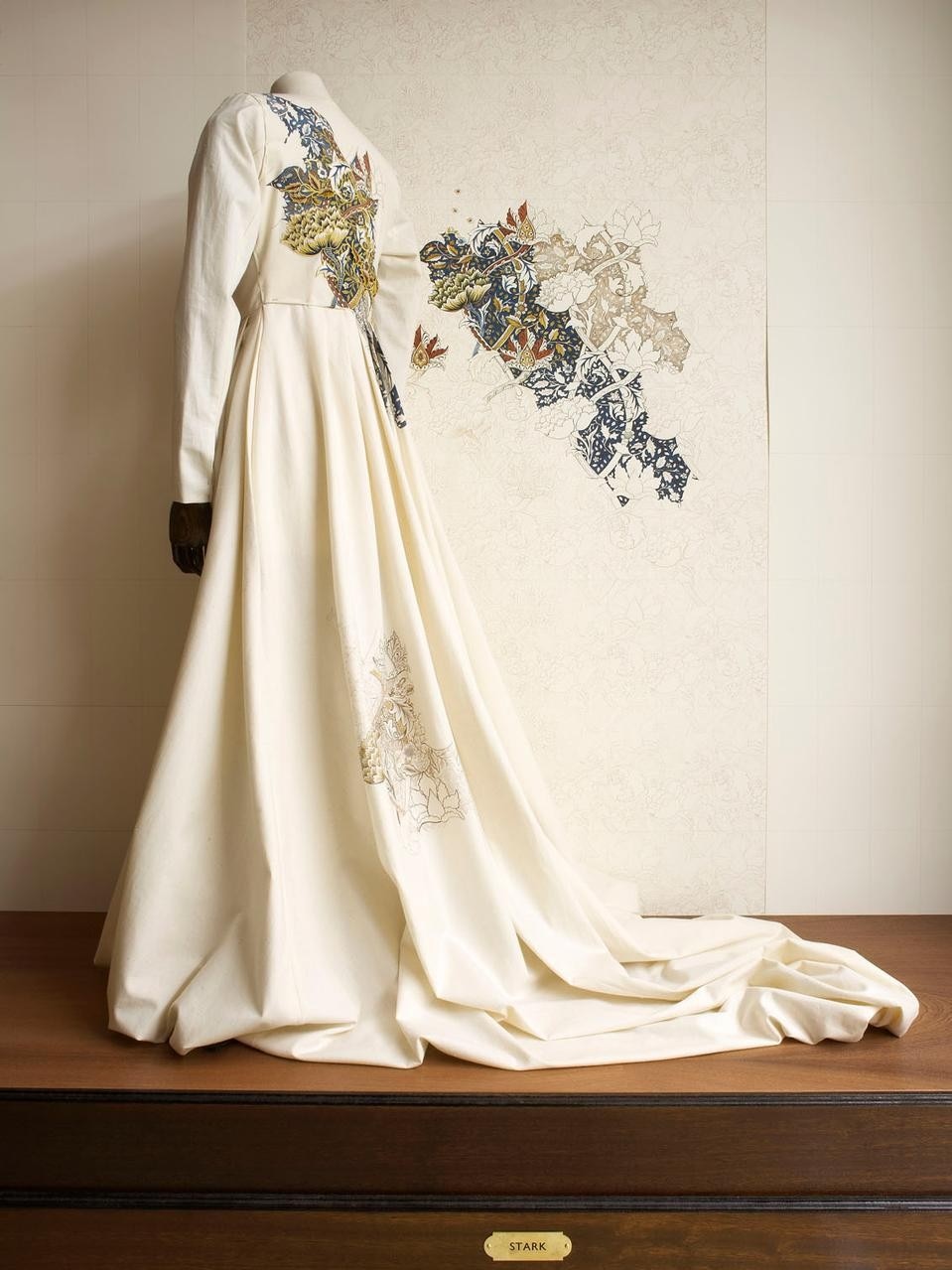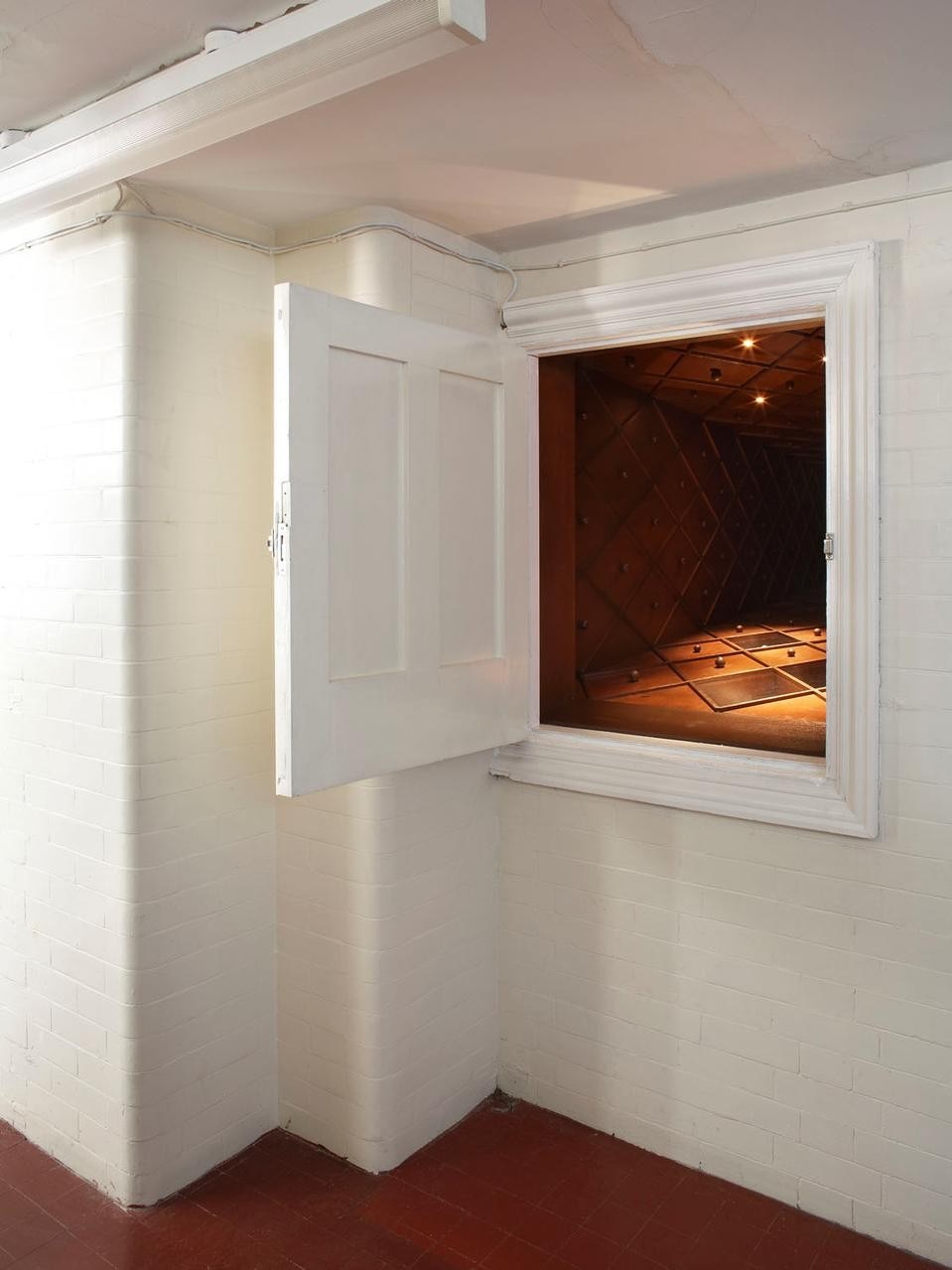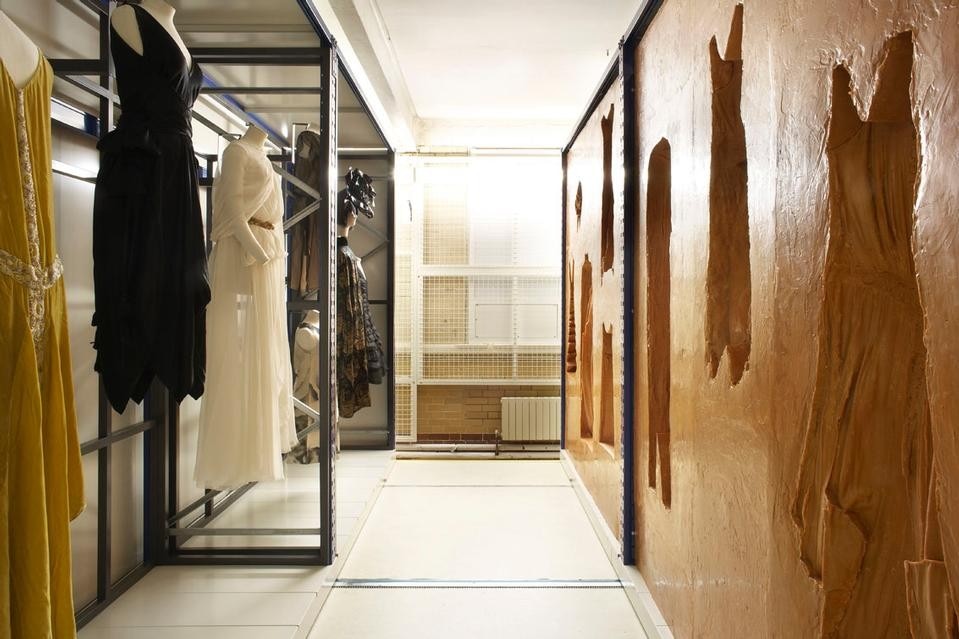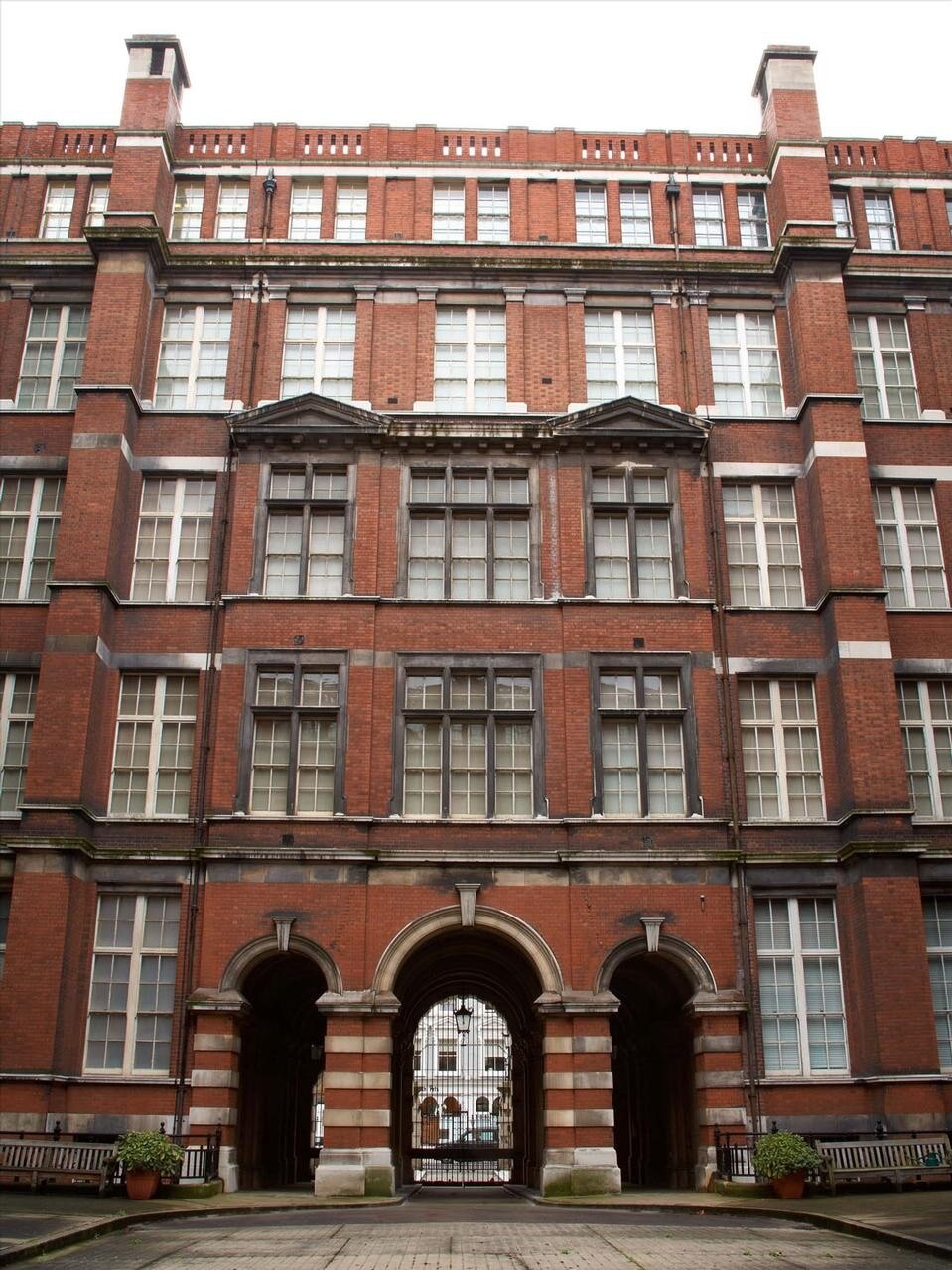The exhibition curated by Judith Clark and Adam Phillips and commissioned by Artangel is called "The Concise Dictionary of Dress". In this dictionary, however, the installations aren’t a translation of the definitions, just as the definitions are not simply captions for the installations. Rather, it is an open dialogue between words and objects, between concept and three-dimensional displays. While reading the definition of "measured", you find yourself facing a wall-closet, which has suddenly appears in the middle of the cabinets where the museum’s porcelain collection is kept; inside, in a room lined with diamond-shaped wood panelling, two porcelain hunchbacks and a French glove from the nineteenth century are on display. Thus "measured" refers to the difference with respect to the norm, the deformity, but also the attitude expressed by the glove, an ultra-aestheticised form of detachment and modesty.
The objects tell us their individual stories from the past, but also about a common history that unites them in a subdued fashion: the rhythmic diamond design of the wainscoting also appears on the glove, which is decorated with small figures among which you can make out a few hunchbacks that are very similar to the porcelain figurines. Objects that normally don’t share the similar positions in the archive are placed next to one another, thus becoming tools for generating ideas and visions. Processes are triggered, without feeling the need, or even claimng, to give closure with exhaustive or reassuring answers. The definitions accompany the silent, religious visit (not more than seven people at a time, accompanied by a guide) like apparitions, and interact with the installations penetrating and breaking up the austere, cemetery-like atmosphere of Blythe House, which, for the first time, has been opened to the public.
"Dictionary" encounters ‘archive’, passing through it and revealing its potential. An archive that is no longer just a physical place reveals itself to be a conceptual space, where references, collector's obsessions, words, objects and images are short-circuited resulting in new and unexpected stories. Archive as constellation, as a mechanism that works because it constantly challenges its order, inventing other rules. Archive as the Mnemosyne Atlas by Aby Warburg, a clear reference that guides the project and is evoked directly in the installation that accompanies the definition of "essential". The process of defining a suit of clothes can become a device for telling stories and, above all, for reflecting on how we tell them.
The work done at Blythe House by Judith Clark and Adam Phillips reminds us that the eye of the curator is also the very same eye that the curator asks the visitor to assume and reconstruct. A point of view that is spatially implicated and built into the route along which the exhibition runs. Going through this space is story telling (being told stories), and simultaneously asking yourself how to tell them. In the majestic hall of House Blythe which houses the fabrics, the complex definition of "plain" (intended as a simple, clean, unadorned) corresponds to an installation that is an attempt to stage the impossible gesture of archiving an exhibition: silhouettes of clothes and captions in white Tyvek allude to the model for a hypothetical exhibition, an extreme attempt to deliver to posterity the history of something that is, by definition, temporary. Defining, archiving, storytelling, alluding: to flip through (and go through) "The Concise Dictionary of Dress" is to question yourself about these conceptual actions. Maria Luisa Frisa
The Concise Dictionary of Dress is also a 128-page hardback book. Illustrated in colour and with written contributions from Adam Phillips and Judith Clark and specially commissioned photography by Norbert Schoerner, it is published by Violette Editions in association with Artangel.
